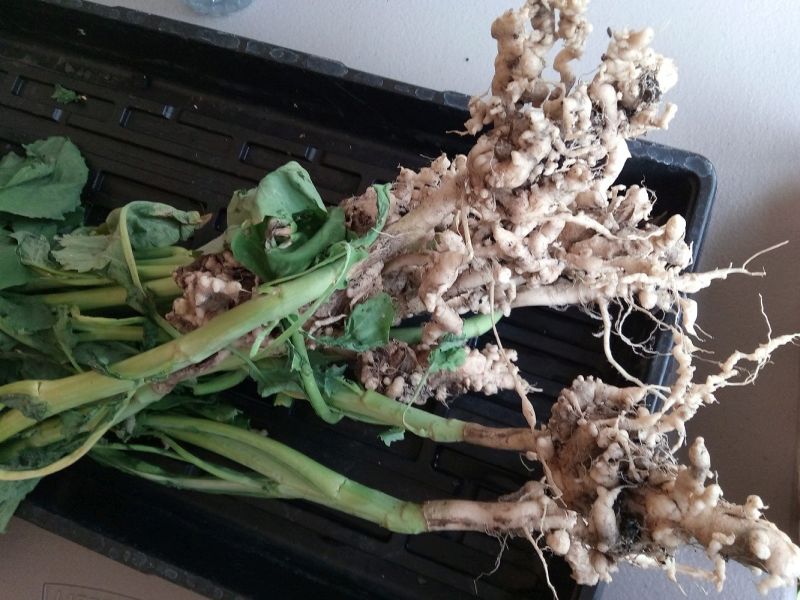
A tailored plan is required to contain the spread of clubroot and sustain the production of important brassica crop species in the UK, according to a new report.
The increasing prevalence of the disease, the diverse nature of the clubroot population, its patchy occurrence and the rise of resistance-breaking strains have all been revealed.
Guidance to help farmers map clubroot pressures and identify management options, which include targeted treatment at problematic patches, has also been updated.
Clubroot, caused by the pathogen Plasmodiophora brassicae, has increased in the UK.
The trend for shorter rotations, along with milder and wetter winters, have contributed to its rise.
If a susceptible crop is used in a clubroot-infected field, current advice is for a resistant variety to be grown. Such varieties contain the ‘Mendel’ resistance mechanism.
However, the effectiveness of this mechanism has reduced at some UK sites in recent years.
The AHDB researchers aimed to establish how significant and widespread the erosion of resistance is.
Soil samples from 75 high-risk clubroot fields were used to grow a resistant and a susceptible winter oilseed rape variety.
In about half of these ‘bioassays’, the resistant variety developed relatively high symptoms. In fact, the levels were high enough at 15% of the sites to indicate that resistance was no longer functioning effectively.
Amanda Bennett, who manages soilborne disease research at AHDB, said: “Strains of clubroot that can break resistance were found across the UK.
“Growers should make use of integrated approaches to control this disease, including the use of non-susceptible crops in the rotation, to avoid driving the selection of resistance-breaking strains.”
